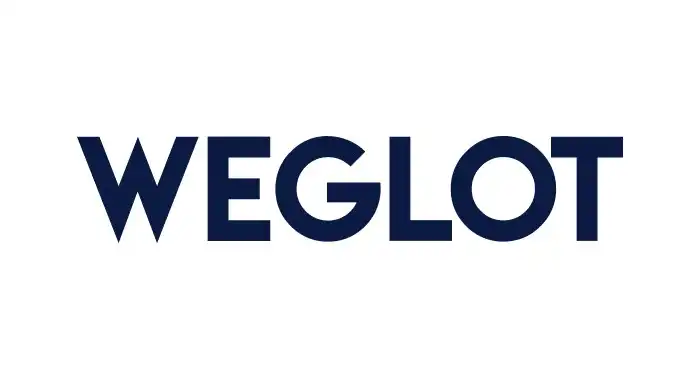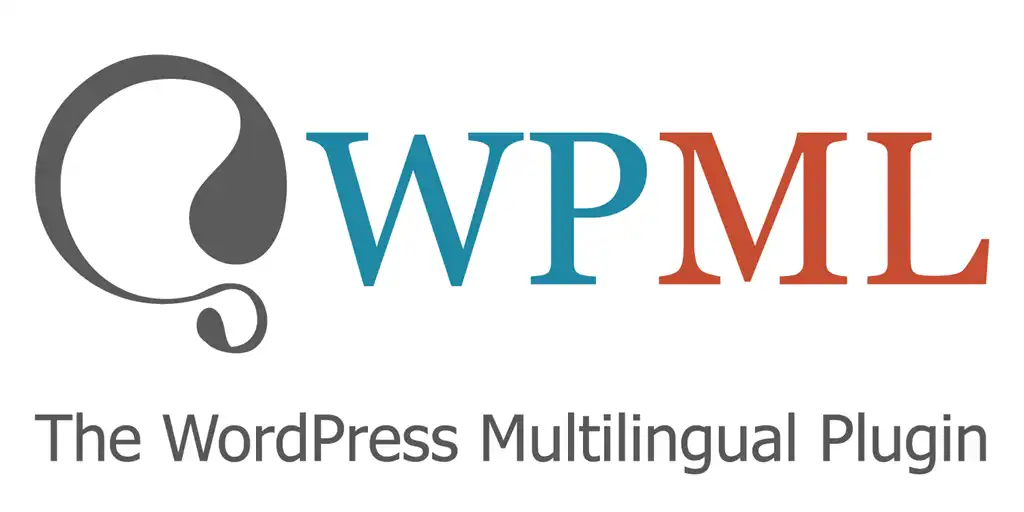Creating a multilingual website is a powerful way to reach a global audience and boost your visibility in international search results. But for your multilingual content to truly perform well in search engines like Google, you need a solid SEO strategy—and at the heart of that strategy is keyword mapping. This practice aligns specific search terms with pages across various language versions of your site, helping you to optimize your website for each target market and speak the same language as your audience, both literally and in terms of their search behavior.
Multilingual SEO is the process of optimizing your website so that it ranks higher in search results for users in different countries and who speak different languages. It involves technical and content-level adjustments like website translation, hreflang tags, and localized keyword targeting.
Keyword mapping is an essential element of SEO for multilingual sites. It involves assigning relevant keywords or phrases to specific URLs, making sure each page is targeting the best possible search terms in the correct language and region. For multilingual websites, this process gets more complex as you need to map equivalents in multiple languages while considering local search results, user experience, and search intent.
When you build a multilingual website, simply translating your content is not enough. Different languages often have different expressions for the same idea, and search engine optimization depends on how people actually search for terms in their native language.
By conducting proper seo keyword research for each language or country, and mapping these keywords accordingly, you can:
Multilingual keyword research is the foundation of a successful multilingual SEO strategy. Here’s how to approach it when working with multilingual content:
Different regions may use entirely different terms for the same concept. For example, “car rental” in the U.S. may translate to “hire car” in the UK. When targeting a new language, research how users actually search in their local dialect, not just how terms translate.
Some tools for multilingual keyword research include:
When you conduct keyword research, make sure to analyze both the search volume and keyword difficulty for each language version. A certain keyword might perform well in one country but have no volume in another.
A keyword mapping document helps you keep track of which keywords are associated with each page across all versions of your website. This is critical when managing multilingual SEO, especially for a large website.
This document serves as a central reference to ensure consistent and localized optimization across your site. It also helps you avoid assigning the same keyword to multiple pages, which can send mixed signals to search engines.
These tags tell Google which language and regional version of a page to serve to users. Implementing hreflang tags correctly helps avoid duplicate content issues and improves ranking in local search results.
Translating a keyword directly is not a best practice. Instead, localize the term by understanding what your target audience would type into search engines like Google.
Ensure that your meta titles, descriptions, and headings are fully localized and not just copied and pasted. These play a major role in determining how your pages appear in search engine results pages.
Use separate URLs for each language version of your site, such as:
example.com/en/example.com/es/example.com/de/This makes it easier for search engines to crawl and index your multilingual content.
Handling a website for different languages can be complex, but with the right approach, it becomes manageable.
If you’re using WordPress, use multilingual services like WPML, Polylang, or Weglot. These tools help you manage translated content, implement hreflang tags, and create structured multilingual sites.
Track how each language version of your site performs. Use Google Search Console and Google Analytics to measure seo performance by language and region.
Don’t forget to optimize your multilingual website for mobile users. Mobile optimization is essential for global SEO success, especially in countries where mobile traffic dominates.
When it comes to implementing multilingual seo on a large website, standardization and automation are key.
For enterprise-level multilingual seo services, consider using cloud-based localization platforms that integrate directly with your CMS.
Implementing an effective multilingual SEO strategy is far easier with the right tools. For WordPress users, three of the most powerful multilingual services available today are Weglot, WPML, and TranslatePress. These plugins not only help you translate and localize your website content, but also streamline the process of managing multilingual SEO, including support for hreflang tags, seo keyword research, and language and regional targeting.

Weglot is a cloud-based multilingual plugin that automatically translates your site into over 100 languages and optimizes each language version for search engines like Google. It supports automatic redirection based on the language of the searcher, generates SEO-friendly URLs, and allows manual editing for full control.
Why choose Weglot?

WPML is one of the most comprehensive solutions for website localization. It enables you to translate every element of your website—from posts and pages to custom fields and taxonomies. WPML also offers built-in SEO multilingual features, including integration with popular SEO plugins and advanced control over translated content.
Why choose WPML?

TranslatePress allows you to translate content directly from the front-end, giving you a live preview of each change. It supports both manual and automatic translations and ensures your multilingual website remains optimized for search with features like custom URLs, meta data translation, and hreflang tag support.
Why choose TranslatePress?
By using these tools in tandem with a well-defined keyword mapping document, you can dramatically improve your site’s search engine rankings, optimize your website structure, and deliver a seamless experience for your international audience. Whether you’re targeting one language and region or many, these plugins are essential for anyone serious about multilingual SEO success.

Effective keyword mapping begins with solid multilingual keyword research. Understanding how people search in different languages and regions is fundamental to international SEO success. A multilingual SEO strategy must go beyond direct translation—it should consider search intent, local language nuances, and search volume for each target market.
When optimizing a multilingual website, tools like Writerzen provide critical support in identifying high-performing keywords across various languages. Writerzen simplifies the process of discovering search terms in one or more languages, evaluating keyword difficulty, and organizing them by topic clusters or search engine behavior.
These insights allow you to create a detailed keyword mapping document that aligns with the language and culture of each target audience. You can then optimize your website with localized meta titles, headings, and content tailored to your multilingual audience.
This process helps ensure you’re not just translating text, but targeting what users are actually searching for in their native language, reducing the risk of duplicate content and improving search engine rankings in local Google search environments.
A well-planned keyword mapping strategy is essential for any multilingual website looking to improve its search engine optimization and connect with a multilingual audience. By conducting localized keyword research, creating a structured keyword mapping document, and following multilingual SEO best practices, you can significantly boost your site’s visibility, ranking, and user experience across all regions and languages.
Whether you’re translating an existing site or launching a new one, seo strategies for multilingual content require more than just words—they demand cultural insight, precision, and strategic planning. Implement these best practices for multilingual SEO, and you’ll be well on your way to international SEO success.